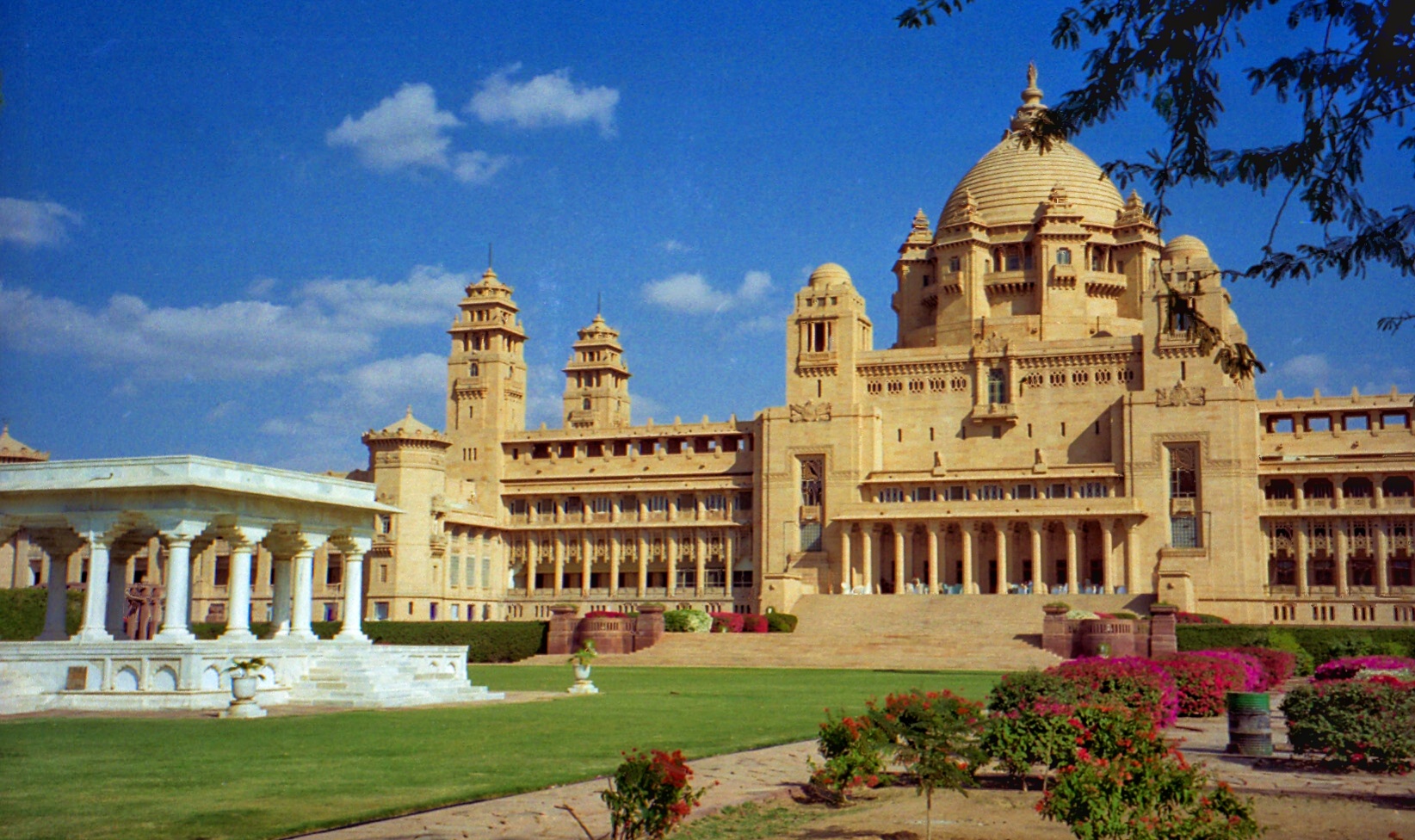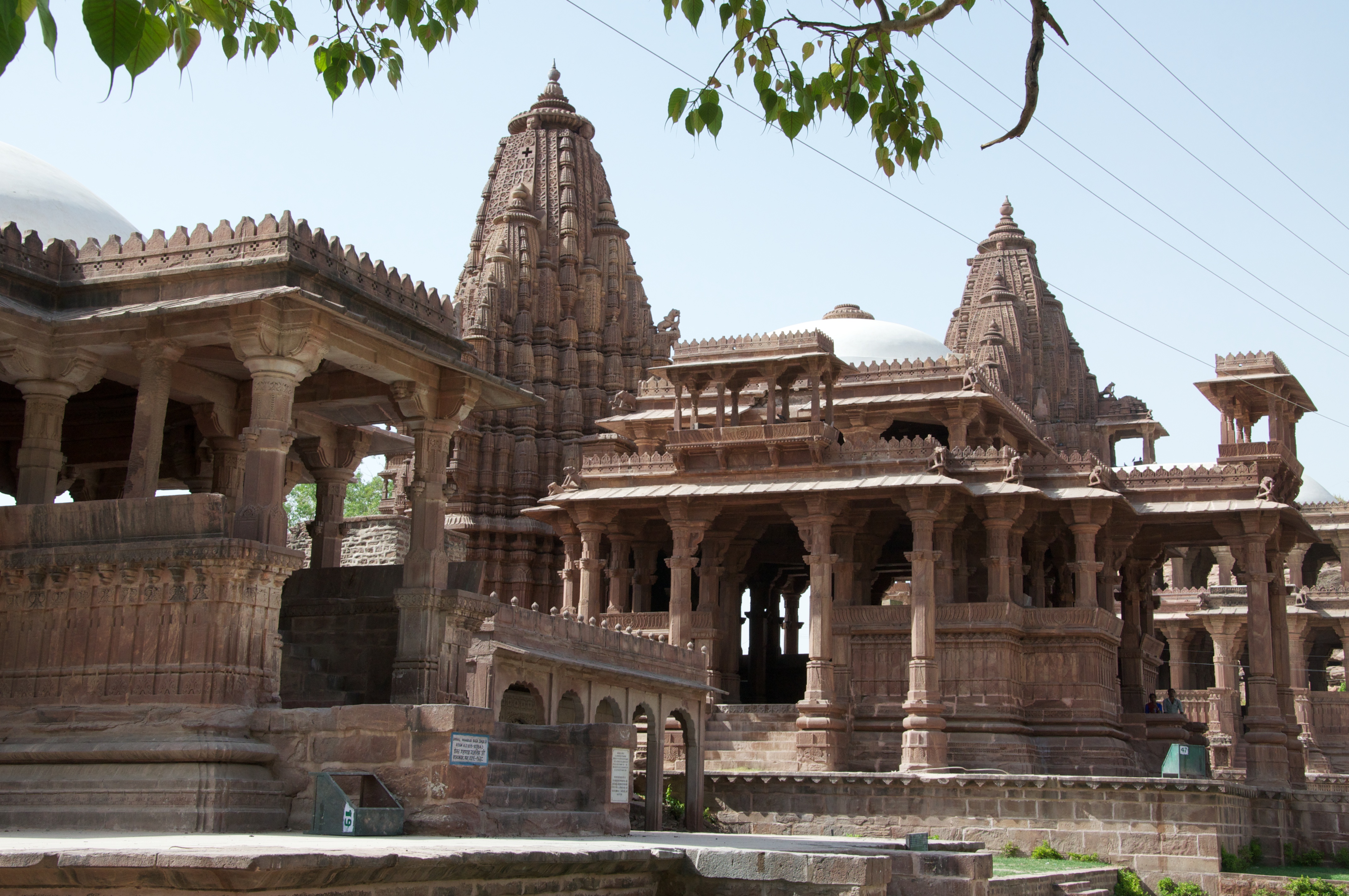Jodhpur's architectural landscape is a testament to the rich cultural heritage of Rajasthan, with the Umaid Bhawan Palace standing as a magnificent symbol of royal grandeur and artistic brilliance. Constructed in the early 1940s, this extraordinary palace represents a pivotal moment in the city's architectural and cultural evolution, blending Eastern and Western design influences with remarkable sophistication.
The palace's construction was more than just a royal residence; it was a significant socio-economic endeavor that provided substantial employment during a challenging period. Built using local Jodhpur Stone, known for its distinctive cream color with rose-like shades, the building reflects the intricate relationship between architectural design and the surrounding desert landscape. Its Art Deco style and traditional Indian architectural elements create a unique visual narrative that captures the essence of Jodhpur's cultural complexity.
Beyond its architectural significance, the Umaid Bhawan Palace embodies the complex historical tapestry of Jodhpur. The city's cultural landscape is shaped by centuries of royal traditions, diverse cultural influences, and intricate social dynamics. The palace serves as a living museum, representing not just the architectural achievements of its time, but also the sophisticated social and political contexts that defined the region's development.
The palace's design is a remarkable fusion of local craftsmanship and global architectural trends. Its construction involved intricate stonework, innovative building techniques, and a deep understanding of local materials and environmental conditions. The use of Mewar stone, with its unique coloration and durability, demonstrates the sophisticated building practices of the period and the region's architectural expertise.
Today, the Umaid Bhawan Palace serves multiple roles: part luxury hotel, part museum, and part royal residence. This multifaceted existence reflects the dynamic nature of cultural heritage sites in modern India. It continues to attract both local and international visitors, offering a glimpse into the opulent lifestyle of Rajasthan's royal families while preserving important historical and cultural narratives.
The palace's significance extends beyond its physical structure. It represents a critical moment in India's transition from colonial rule to independence, embodying the complex cultural negotiations of that era. Its architectural style, blending traditional Indian elements with Art Deco influences, symbolizes the cultural hybridity and innovative spirit of mid-20th century India.
Local legends and stories continue to circulate about the palace, adding layers of cultural mystique to its already impressive historical narrative. These oral traditions, passed down through generations, contribute to the living heritage of the site, making it more than just a static monument but a dynamic cultural space that continues to evolve and inspire.
The Umaid Bhawan Palace remains a profound symbol of Jodhpur's cultural richness, architectural innovation, and historical significance. It stands not just as a monument to royal grandeur, but as a testament to the city's ability to preserve its heritage while adapting to contemporary needs, bridging past and present in a seamless, compelling narrative.









